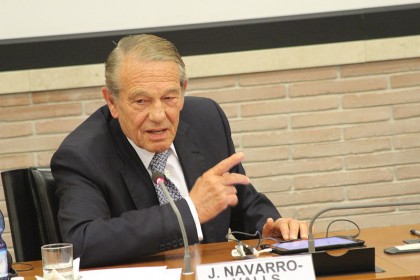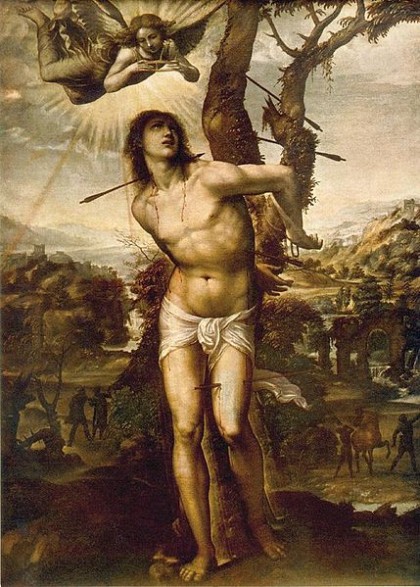The Trouble with Religious Art
Devra Torres | Jun 24, 2018
I recently translated Fr. Mariano Fazio's book, Last of the Romantics: St. Josemaría in the Twenty-First Century (available from Scepter this coming October). It's an excellent book, but what interests me right now is the Appendix: a talk called "The Human Realism of Holiness" given by the late Joaquín Navarro-Valls, longtime director of the Holy See Press Office under Pope St. John Paul II.

In the talk, he makes one of those points that's obvious once you see it but elusive until you do. More on that in a minute. Speaking of St. Josemaría, he contends:
What he had done was to return to the idea of human holiness the universality it should always have had, but which circumstances...had reduced to an exceptional task for exceptional people, in exceptional life circumstances, achieved by means of exceptional deeds. To rescue the ideal of holiness from the setting of that exceptionality was, it seems to me, the revolution that Josemaría Escrivá de Balaguer has achieved in the Church of our day.
How did we all get it into our heads that holiness was to be found only in such a setting? Why do we make such an assumption?
Many reasons, but here's one I bet you never thought of:
Most of us, he points out, get their first idea of holiness from paintings and statues of the saints. And the creators of those pictures and statues, like good artists, don't generally try to catch their subjects peeling potatoes, brushing their teeth, or filling out DMV paperwork.

No, instead the artists
seek to represent them in a paradigmatic moment of their existence. And this results in the plastic image of holiness usually appearing in a context of exceptional circumstances, thus giving the impression that these are the only ones that can form the context of a saint's life.
The problem reaches maximum misleadingness in the case of the martyrs. Saints, you get the impression, are the kind of people who go around being devoured by lions, tied to trees, shot through with arrows, and getting decapitated. That's just what they do.
 We ordinary slobs, on the other hand...
We ordinary slobs, on the other hand...
The trouble with such artwork, says Navarro-Valls (and here's the point that's obvious once you see it) is that it
runs the risk of confusing the effect with the cause. It's not that martyrs are holy because they have suffered to an intolerable degree, but that they were holy for having made their own that divine plan, accepting even deprivation of the good of life.
This leads to the misconception that ordinary people in ordinary circumstances are neither capable of nor called to holiness. But it also insinuates the more subtle but extremely common "confounding of difficulty and virtue." Some people will go their way full of false peace, confident that people like them can't be expected to be especially virtuous. These are the "I'm no Mother Teresa" types.
But many others will succumb to the painful delusion that their sole guiding moral principle ought to be "harder is better." That's how you get well-meaning people striving to live inhuman lives. It's not just that they realize that grace builds on nature and miracles are possible. No problem there. But they imagine it's heroic to refuse the creature comforts and recreation that would provide them with the mental, physical and emotional energy to take good care of themselves and the people in their charge.
They deprive themselves of sleep, of creative pursuits, of the right tools for the job, of time- and energy-saving technology, because "harder is better." They get impatient and short-tempered, because they think that using ordinary human means to safeguard their physical and emotional health is a failure of moral rectitude. They're doing it the hard way--because they think difficulty and goodness inevitably go hand in hand.
The thing is, holiness is exceptional. Of course it is. But holy people are "exceptional on the inside," regardless of circumstances. And that's both more attainable and more difficult than getting shot through with arrows.
_______________________________
Image credits:
Navarro-Valls: Wikimedia Commons
DMV paperwork: Wikimedia Commons
St. Sebastian: Wikimedia Commons
